One of the top holiday destinations in the world, Cape Town is rich in attractions, allowing that the Mother City appeals to visitors from every corner of the world. While the city of Cape Town itself is populated by a multitude of restaurants, bars, cafés and specialist stores, catering from local to international tastes, its surrounding areas have much to offer as well. There is the tourist hotspot of the V&A Waterfront and the famous beaches of Camps Bay and Clifton. Take a walk along the picturesque Sea Point promenade and enjoy views of Lion’s Head, the Twelve Apostles Mountain Range, the Atlantic Ocean and the Cape Town Stadium.
But before all these attractions came to be, what was the city of Cape Town like? How did it look before the Cape Town Stadium was built? Did you know that the Foreshore (the area in which the Cape Town International Convention Centre is situated) is man-made? To answer these questions and see what the Mother City used to look like, check out this brief history.
Highlights from the History of Cape Town
You might be realising just how rich the Mother City is in history. With the long story that this holiday destination has, it would mean one long blog post. But we’d like to spare you that. Instead, we’ll reveal some of the highlights of Cape Town’s history and how nearby attractions received their names. The interesting factors and quirky bits of knowledge of Cape Town will be explored. So, come along and experience this journey of discovery into the history of the Mother City.
Before the account of the Portuguese explorer, Bartholomeu Dias in 1488, there has been no written history of the area that would later become Cape Town. Dias did not establish the post but was looking for a route from which Portugal could reach India without having to go overland. His experiences of the Cape of Good Hope, the headland on the Atlantic coast of the Cape Peninsula, lead him to name it the “Cape of Storms”. Its name was soon changed by his king, John II, to “Cape of Good Hope” since it was the first means by which the Portuguese could reach India by the sea.
Before the bustling and picturesque city of Cape Town was ever built, over 360 years ago, there was just natural, undeveloped land. Then in 1652, Jan van Riebeeck, an employee of the Dutch East India Company arrived to set up a supply post and had the first building constructed, “Fort de Goede Hoop”. Through this action the city of Cape Town was founded. This building was later replaced in 1679 by the Castle of Good Hope, the oldest colonial building in South Africa.
Originally the Castle of Good Hope was situated close to what used to be the coast of Table Bay. Then between the 1930s and 1940s land was reclaimed from Table Bay on which the Foreshore (understand the name now?) area was built. Once this land reclamation was finished, the Castle of Good Hope was from then onwards located inland.
- City Hall in the 1800s
- City Hall in the 1920s
- City Hall today
- 1930s, before the land reclamation
- 1967, after the land reclamation
- The Foreshore today
- The V&A Waterfront in the 1900s
- The V&A Waterfront as it is today
- More of the magnificent V&A Waterfront
Other interesting facts about Cape Town
Did you know that Table Mountain is one of the oldest mountains in the world? Older, in fact, than the famous and colossal Himalayas in Asia. It began forming before the continents separated about 100 million years ago.
The Noon Day Gun on Signal Hill, a cannon that fires to signal noon every day, except on Sundays, has been in use since 1902. One of the oldest surviving traditions in Cape Town, this cannon is one of two that has been in Cape Town since 1806, courtesy of the Dutch East India Company. Originally, when they were located at the Imhoff Battery near the Castle of Good Hope, they were fired at 06:00 and 21:00 every day to mark the start and end of a working day. In 1896, when the battery was demolished, the cannons were moved to the castle but in 1902 they were moved to Signal Hill following complaints from the residents.
One of the highlights of Cape Town history occurred in 1967. Dr Christiaan Barnard, at Groote Schuur Hospital, Cape Town, performed the first human heart transplant in the world. The original theatre in which the transplant took place is now a museum honouring Barnard’s achievement. Appropriately, it was named the Heart of Cape Town. Christiaan Barnard’s contribution to medicine was honoured with the naming of two buildings: the hospital known as the Christiaan Barnard Memorial Hosptial, as well as the Chris Barnard building in the University of Cape Town Medical Campus.
If you would like to know more…
Tourists that find themselves in Cape Town during this time or who are planning to visit in the near future can pay a visit to one of the many museums found in and around the Mother City. In the Cape Town City Centre, there is the District Six Museum, the Iziko Museum of South Africa, the South African National Gallery and the Slave Lodge, but to name a few. At the V&A Waterfront, there is the Chavonnes Battery Museum and in Constantia is the Groot Constantia Museum. Museums are also found throughout the Southern Suburbs of the Cape Town Municipality.
But now that you know
Knowing where the Mother City has come from should help tourist and local alike appreciate how far this area has progressed. Now you know: not only is Cape Town a number one holiday destination that is rich in attractions that cater to everyone, but it is also rich in history.

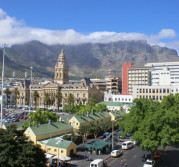
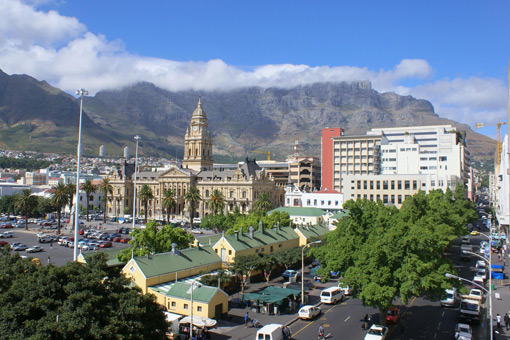
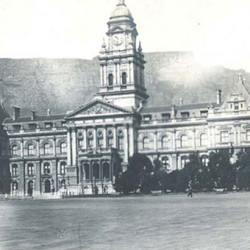
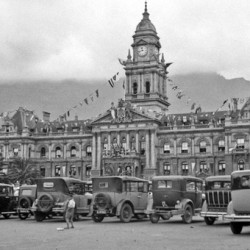
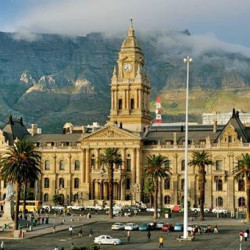
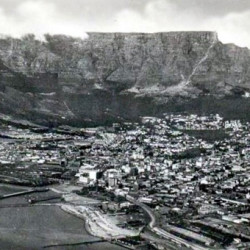
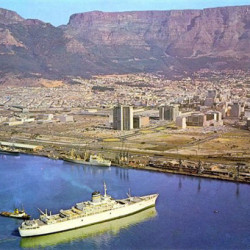
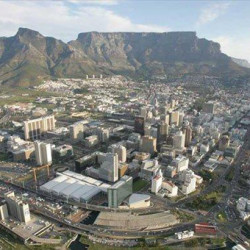
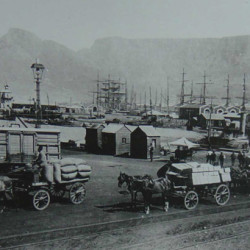
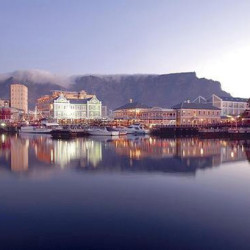
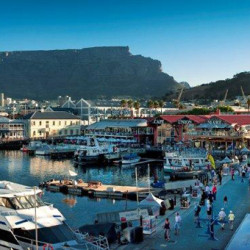
 South Africa
South Africa United Kingdom
United Kingdom U.S.A
U.S.A Australia
Australia